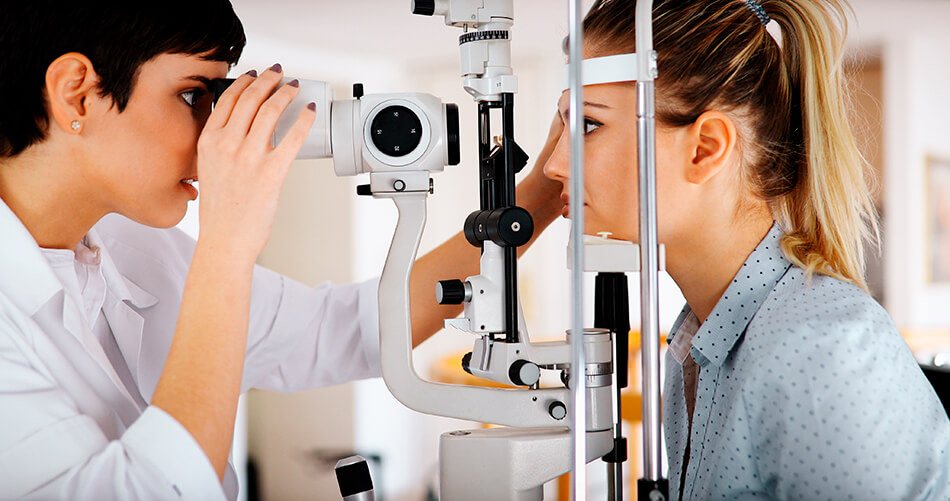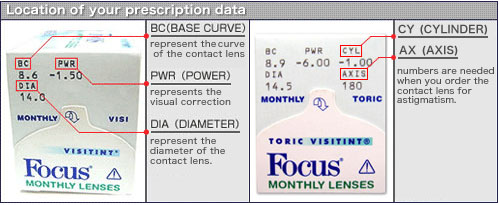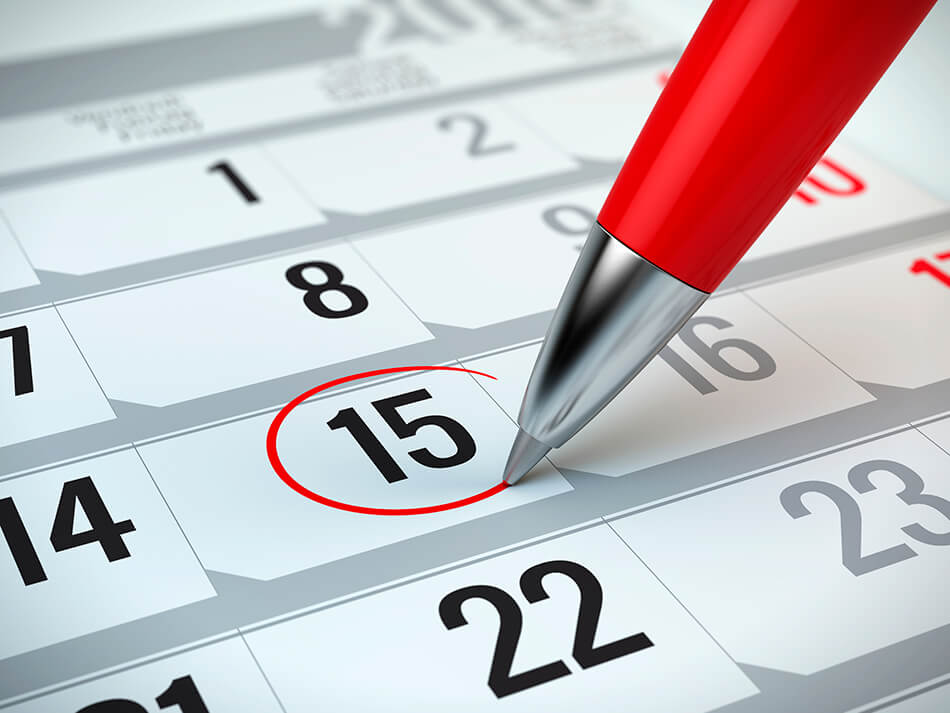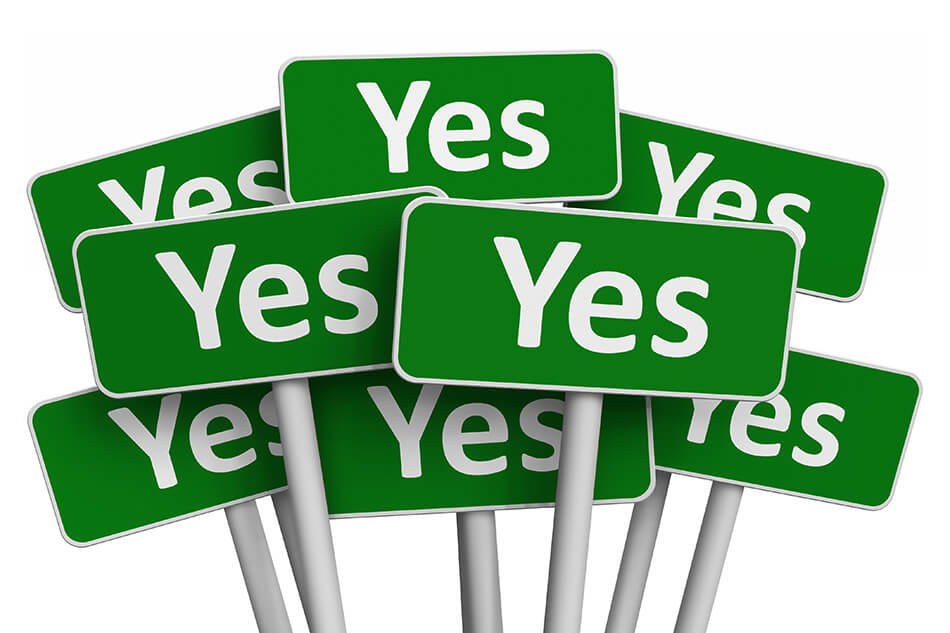How to Decode Your Contact Lens Prescription - Simply and Easily!
You’ve been to the eye doctor and have your contact lens prescription in hand. Except, you have no idea what the prescription means. It’s not that the eye doctor’s handwriting is unclear. Rather, it’s that you see a lot of abbreviations and numbers that mean nothing to you.
Thankfully, they mean something to the people who manufacture contact lenses and your eye doctor. They know the codes that help your contacts fit properly and enable you to see clearly.
Even though you don’t have to know what everything means, you may be curious. We’ve put together a quick guide to help you decode your contact lens prescriptions. But, let’s start with contact lens fitting information.
What Is a Contact Lens Fitting?

When you get contacts, your eye doctor will do just a bit more than what is done for an eyeglasses prescriptions. That’s because there are measurements needed for contacts that are different from those of glasses. It’s important to tell your eye doctor you want to wear contact lenses so they can get all the right measurements.
The office visit will start with the typical tests including identifying the clearest lens type for you, reading the eye chart, and having your vision measured using computerized machines. However, when you also want to wear contacts, you will have the following:
- Cornea measurement using a keratometer.
- More precise cornea measurement using a corneal topographer.
- Measure the pupil size
- Measure the iris size
- Check the eye’s surface
- Determine a contact’s fit using a biomicroscope and slit lamp
Only after they know the best fit will they write your prescription. Here’s a quick rundown of what you will find on your contact lens prescription.
What the Abbreviations and Numbers Mean

Here are some abbreviations you may see on your contact lens prescriptions.
- OD: Right eye - used to talk about prescription issues for the right eye
- OS: Left eye - used to talk about prescription issues for the left eye
- OU: Each eye - used when both eyes need the same prescription
- SPH: Sphere - this is the measurement stating how nearsighted or farsighted you are. It measures in diopters, which measures the curve of the lens.
- Power: Same as sphere. Some prescriptions use power instead of SPH.
- PWR: Same as sphere. Some prescriptions use PWR instead of SPH.
- +: Plus sign - A plus sign before a number in the power box shows that you are farsighted. This means that you see better far away than up close. The larger the number, the more farsighted you are.
- -: Minus sign - A minus sign before a number in the power box shows that you are nearsighted. This means that you see better close up than far away. The larger the number, the more nearsighted you are.
- BC: Basic curve - This is a number between eight and ten. It states the curve of the lens and will be the same as the curve of your cornea.
- DIA: Diameter - This number measures the width of the lens in millimeters. The DIA is typically 13 to 15. If this number is incorrect, then the edge of the lens will not be in the correct place on your eye. This may cause irritation and abrasions.
- Brand: This is the brand that your eye doctor recommends for you based on your prescription and your needs.
Astigmatism Means More Abbreviations
For those with astigmatism, the prescription will also have the following abbreviations.
- AXIS: Axis - This number is shown with degrees. It identifies the astigmatism correction position with a number from 0 to 180.
- CYL: Cylinder - This number gives the correction for astigmatism
For those with bifocal or multifocal lenses, the prescription will have one more abbreviation:
- ADD: Add power - This is the extra power you’ll need in order to see things up close.
Finally, if you want colored contact lenses, the color may be noted on the prescription.
Your Prescription’s Expiration Date

Another thing you will see on your contact lens prescription is the expiration date. The expiration date is determined by law.
Why by law? Because wearing contacts that have the incorrect prescription can cause eye problems such as:
- Dryness
- Irritation
- Blurry vision
Contact prescriptions are only good for one year. Once the year is up, you will no longer be able to use that prescription to order contact lenses. Instead, you need to visit your eye doctor to get an updated prescription.
During this checkup, your eye doctor will recheck all the measurements to be sure nothing has changed since the last visit. They will also look at the health of your eye to determine if any new issues have occurred.
They will also look to see if the contact lenses are hurting your eyes in any way. For instance, if you wear your contacts while sleeping at night, blood vessels will grow close to your eye’s surface. They do this to help get more oxygen to the eye. If your eye doctor sees this issue, they will either suggest you stop wearing contacts for a short while, or recommend a different lens, such as an extended wear lens meant to be worn overnight.
Remember, your contacts can feel great and still cause problems for your eyes. That’s why it is so important to see your eye doctor on a yearly basis. With their specialized equipment, they can find problems early and stop the damage before they can cause permanent vision loss.
Do I Have to Have a Contact Lens Prescription?

The answer is yes. You absolutely must have a prescription to order contact lenses because contacts are a medical device. As a medical device, contacts must be made to fit the user, and from approved materials. If they are not, then you won’t see well. Worse yet, you may damage your eyes.
For instance, sometimes people buy colored contacts just for fun. They buy them from a costume-type shop without a prescription. These contacts are not regulated in any way. They claim to be one-size-fits-all. However, the lenses do not fit everyone well and can cause eye problems, such as corneal abrasions. They may not even be sterilized, further leading to infections.
Whether you are buying contacts because you need them to see well, or buying them because you wish to change your eye color, you should always have a prescription.
Now you know what your contact lens prescription means. You know if you are nearsighted or farsighted. The abbreviations let you know if you have astigmatism or multifocal lenses. You can even figure out just how strong your prescription is. The only thing left to do now, is order your contacts and begin seeing better than ever!
